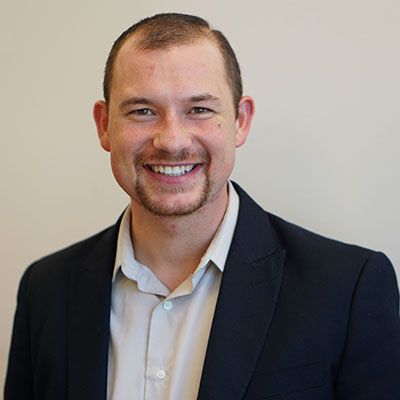There are some innovation and technology enthusiasts who claim that computer-based learning will soon replace teachers. Just take a look at some recent op-eds by Andy Kessler and Richard Galant. They point to the accessibility of information via the Internet and the recent advances in online instruction and adaptive learning as harbingers of teacher obsolescence. These assertions are alarming to those who advocate the importance of teachers, like Diane Ravitch and Wendy Kopp. They point to a strong body of research that affirms the importance of good teachers.
So how do we make sense of this war of words and tumult of opinions? To one degree or another, both sides are overlooking important considerations.
Those who proclaim that computers will replace teachers often naively reduce teaching to mere instruction and assessment. In doing so, they forget the true breadth and complexity of the job teachers perform. Computers are becoming better at providing customized direct instruction and at assessing student mastery of foundational knowledge and skills. But good teachers do much more than present information and drill the fundamentals. High-quality teachers guide their students through activities and projects that stretch them to analyze, synthesize, and apply what they have learned across academic subjects and into the real world. They provide personalized, qualitative feedback to help students develop their critical and creative thinking. They create a classroom culture that intrinsically motivates students by honoring their hard work and by making academic achievement socially relevant. Going above and beyond the call of duty, many of the best teachers are driven by a “whatever-it-takes” attitude to ensure that all their students receive the resources and support needed to put them on a path to success in life. Those human aspects of good instruction are not going to be replaced by machines anytime soon.
On the other side of the debate, those who emphasize the importance of traditional teachers often do not notice how unrealistic it is to provide high-quality teachers at scale in the current monolithic model of classroom-based instruction. They overlook the fact that the breadth and complexity of the job of good teaching makes it nearly impossible for most teachers to do all of the critical aspects of their job exceptionally well.
Teachers are expected to design and execute daily lesson plans for multiple hours of the school day, orchestrate student learning activities, administer and grade student assessments, develop and implement efficient and effective classroom procedures, and differentiate their approaches for diverse student needs, all while managing the daily wild cards of student behavior. Additionally, we expect teachers to maintain close contact with parents, provide students with social and emotional support, perhaps offer after-school tutoring, sponsor student clubs, coach sports, organize school and community events, and shoulder many of our schools’ administrative duties. With all of these jobs crammed onto their plates, few teachers have the time, stamina, or cognitive and emotional capacity to do each job well. Under these circumstances, is it any surprise that so few teachers produce the results that we demand of them? Exceptional teachers are often put on pedestals in the media and in public debate, but these awesome individuals produce a level of work that is rarely sustainable and certainly not scalable. The model of monolithic classroom instruction from the late 1800s just wasn’t designed to allow teachers to meet 21st-century expectations.
In fact, traditional classrooms were designed to prepare students for jobs in an industrial economy of the past. To meet this end, the system was set up to process seemingly homogeneous batches of similarly aged students through one-size-fits-all instruction. Undifferentiated instruction was acceptable back then because students only needed to understand math, science, and literature at a C or D level in order to “pass quality control,” receive their diplomas, and enter the workforce. Teaching might have been a reasonably manageable job back when these assumptions held true, but in the knowledge-based economy of today, the assumptions no longer hold and teaching becomes a heroic job.
Despite the incredible challenges we face in providing good teachers at scale, there is a bright light at the end of the tunnel. The educators, innovators, and entrepreneurs that are now experimenting with blended learning are completely redesigning our models of instruction. Rather than merely layering technology on top of traditional classrooms, they are leveraging technology to transform the role of teachers, accelerate student learning, and magnify the impact of educators. Blended learning allows much of the work of basic instruction—like drilling multiplication tables or reviewing vocabulary words—to be offloaded to computers so that teachers can focus on the aspects of teaching that they find most rewarding, such as mentoring students and facilitating exploratory learning projects. Properly implemented blended learning does not eliminate teachers, but instead eliminates some of the job functions that teachers find most onerous.
Technology will not improve our education system if we marginalize or eliminate teachers. Likewise, our education system will not meet modern needs at scale until we innovate beyond the factory-model classroom. Innovation may lead us to classroom setups and teacher roles that look very different from today, but a human element will always be an essential part of the equation. By framing the debate as technology vs. teachers, we create a false dichotomy. Instead, our conversations should focus on finding ways to let technology do what it does best so that we can leverage teachers to do what they do best.
For more, see:


